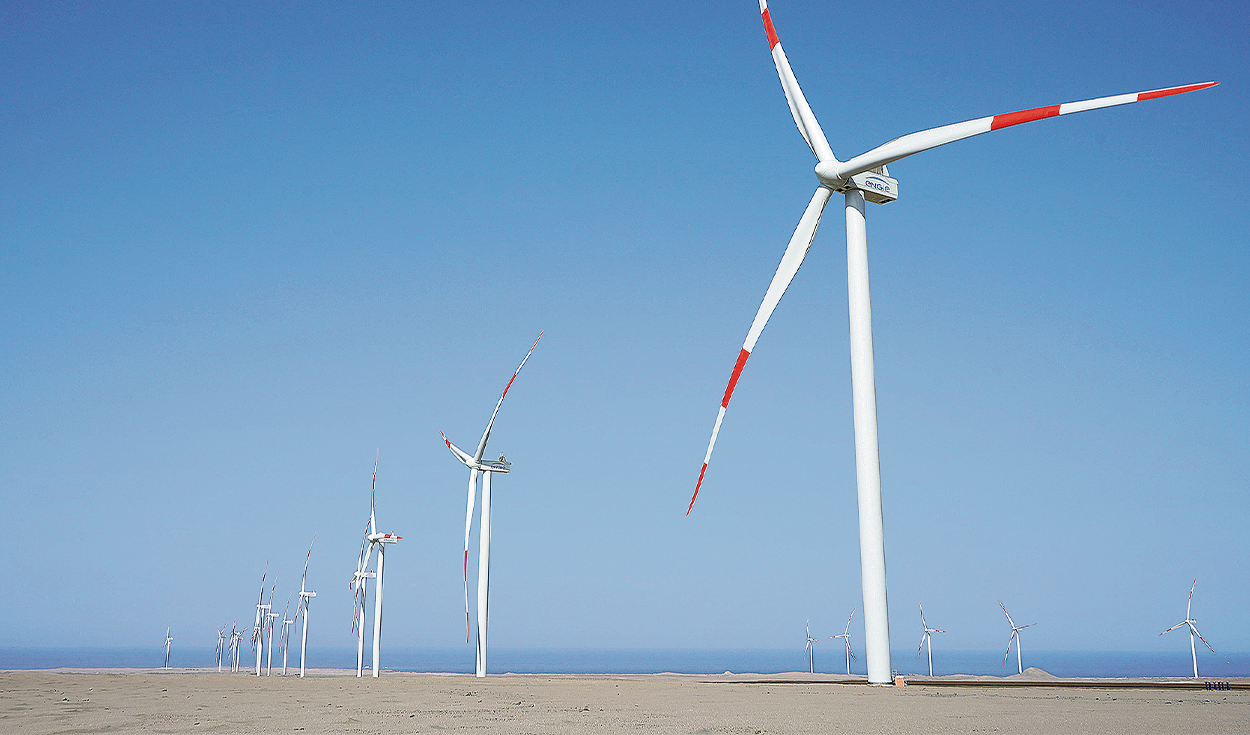
Last March, renewable generation advanced significantly. According to information from the COES, in the third month of the year, wind generation increased its production by 153% compared to the same period in 2023. The total production of this source reached 294 GWh, due to the greater production of Punta Lomitas ( +120%), CE Wayra (+199%) and CE Cupisnique (+67%), in addition to the injection of 46 GWh from CE San Juan.
Meanwhile, solar generation increased 62% compared to March 2023, mainly due to the contribution of 28 GWh from CS Clemesí, which began commercial operations in February 2024, which represented 30% of the total generated in the month. Likewise, generation increased at CS Rubí (+24%) and CS Intipampa (+16%).
Despite these advances, both generation sources represent only 5.8% (wind) and 1.9% (solar) of the country’s total electricity generation.
Mostly, electricity generation in the country (as of March) comes from hydraulic and thermal sources, with contributions of 61% and 31%, respectively.
However, this 8% of production based on renewable energy resources could double in the next two or three years, but Congress does not prioritize the debate of an initiative that would correct some restrictions in the electricity market.
Greater competition
During 2023, after more than half a year of debate, the Energy and Mines Commission approved by a large majority an opinion so that renewable sources enter the regulated market – which includes the residential, minor commercial and minor industrial sectors – with the The objective is for them to compete on equal terms or under less restrictive conditions with thermoelectric energies.
As in any market, the greater the competition, the final prices for the average user will tend to decrease progressively, explained Jaime Luyo, former vice minister of Electricity.
The approach is not new. In economies similar to Peru’s, such as Chile, a change of this nature (approved 8 years ago) meant that today the participation of renewables is around 20%.
“The participation of solar generation would skyrocket, and obviously it is not convenient for thermoelectric companies because more competitive technologies are entering the upcoming contests to cover the demand of the regulated sector. There are 20,000 MWh that are waiting for renewables. “Investors are waiting for this,” the expert stressed.
Although the majority opinion exists, in the same parliamentary commission a minority opinion was approved (without further debate). The changes to the Efficient Generation Law put the sleep of the righteous in Parliament to sleep.
The data
Representativeness. More than 50% of the impact on the price of electricity for families is in generation. “If it goes down there, through competition, it will be important for households,” says Jaime Luyo.
Source: Larepublica
Alia is a professional author and journalist, working at 247 news agency. She writes on various topics from economy news to general interest pieces, providing readers with relevant and informative content. With years of experience, she brings a unique perspective and in-depth analysis to her work.












